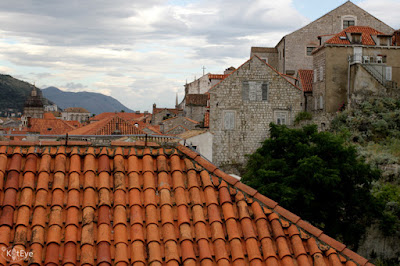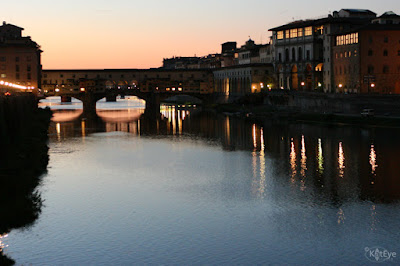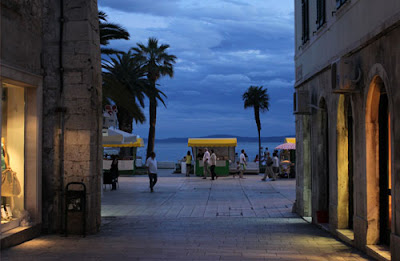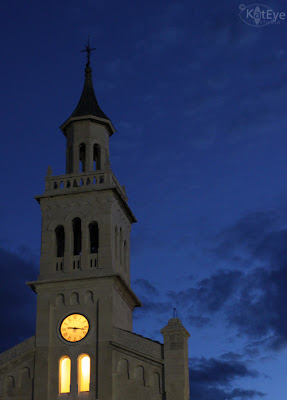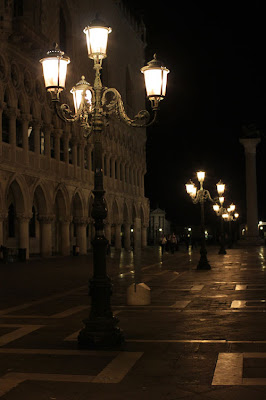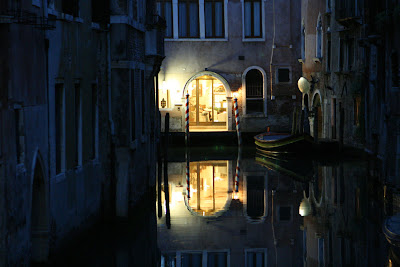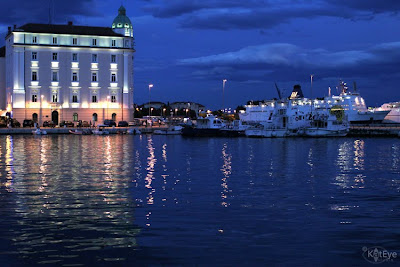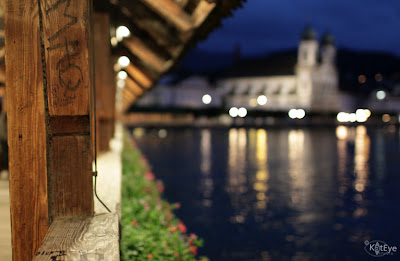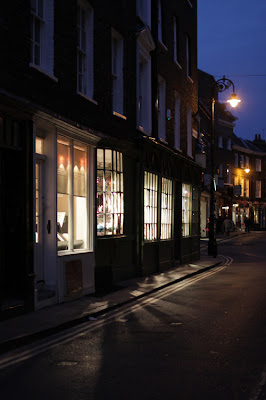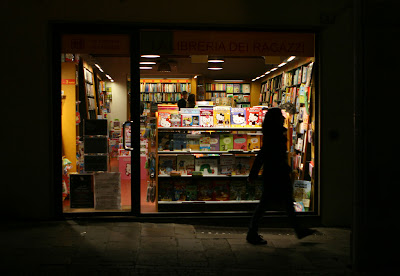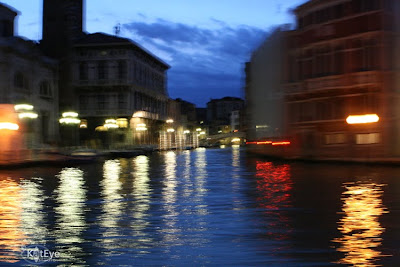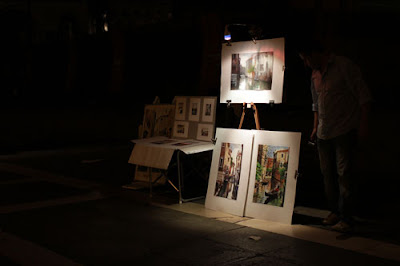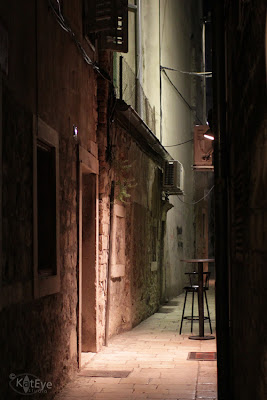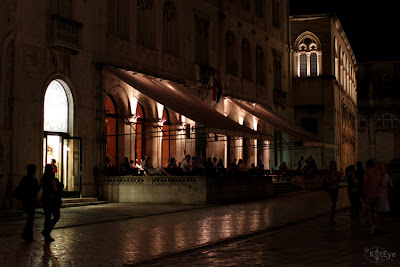In the last year I’ve explored a vast range of art and photography. Visiting galleries, taking online classes, searching out photography blogs, looking at Flickr. What I’ve found, in all of that, is that my enjoyment of art, and especially photography, significantly increases with understanding of the back story… either the story of the artist or the story of the subject. It gives such a wonderful insight into the artwork that has been created, it’s like an additional dimension to the art itself.
I think that’s why I blog the way I do, and I’m attracted to other blogs with wonderful imagery and words. I want the story behind the image, along with the image. I connect with it in a deeper way, and I want you to find that here as well.
So today for Exploring with a Camera I want to talk about Photo Essays – which are beyond even what I normally do on my blog. Yesterday’s post Camaraderie of Beer on Oktoberfest is an example of a photo essay, or my earlier post The Story of the Rooftops on Dubrovnik. There are times that a story needs to be told, and it takes more than one photo and a few sentences to tell.
You might ask, isn’t just a regular blog post, with several photos and text, a photo essay? Maybe, maybe not. I’ve read a lot of blog posts, but only a small few that I would categorize as a photo essay. Two that stand out in my mind are Kirstin’s post Where I Live on the Mortal Muses More Musing site, and Patty’s post The Down Side on her blog, Nomadic Notebook.
A photo essay takes a few photos, combined with words, to tell a specific story of a time, a place, an experience, a piece of history. It has impact. It is basically photojournalism, but with a personal twist, by my definition. While you want to convey the information, you also want to convey the feeling you might have had. Why the story or experience is important to you, why you felt it needed to be told. In a photo essay, you focus on a specific point with your photos and words. Every photo tells a piece of the story, every word needs to be there. It’s not just the best photos of the day, but the ones that are needed to support the story.
So, how do you go about creating a photo essay? Here are a few tips:
1. Decide the story you want to tell. Be specific for the best impact. For example, I didn’t want to try to tell whole the story of Oktoberfest – that’s too big for just a few photos, I would lose the impact. So I took one aspect I noticed, the camaraderie in the beer drinking, and focused on that.
2. Choose your supporting photos. In some cases, you might have the idea in your head as you take the photos, which is what I did for my Oktoberfest essay. In other cases the story might develop as you review past photos, which is what happened for my Dubrovnik essay. Go through your photos, pick all of the ones that seem to apply. And then narrow down. Narrow down again. Make sure that each photo is essential to the story you are telling – try to get it down to 3 to 5 photos if you can. As I mentioned above, pick the best photos for the story, not just the best photos of the day. If they don’t help tell the story, save them for something else.
3. Write the essay, inserting the photos. You might find that you have to switch them around from your original idea slightly or you need to choose a different photo for the story to flow. That’s ok! It doesn’t have to be long, just get the main story written with the photos inserted.
4. Edit. Step back and read it, making edits. Read it again. Take out anything that doesn’t flow or support your point. It might be a great idea or photo or brilliantly written sentence, but it has to fit the story. Do with your words what you did with your photos – narrow down.
5. Publish! Share that photo essay with the world. The world needed to see it, or you wouldn’t have had the idea in your head. If you ever see or feel a story that needs to be told, follow that urge to conclusion and then see what comes back. You just never know!
Not so many photos today, but I hope that this post has inspired you to look at how you can combine your images with words to great effect, or to notice how others create an impact using the photo essay. Come back next Thursday to share your view and link in to any photo essays of your own, past or present. Or link in to ones that you have found on the web, that have impacted you in some way. You can post your photo essay images to the Flickr pool too – I’ll be watching for them there!
Note: This post is part of the Exploring with a Camera series, published every two weeks. See all past exploration topics here.
